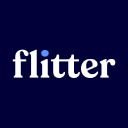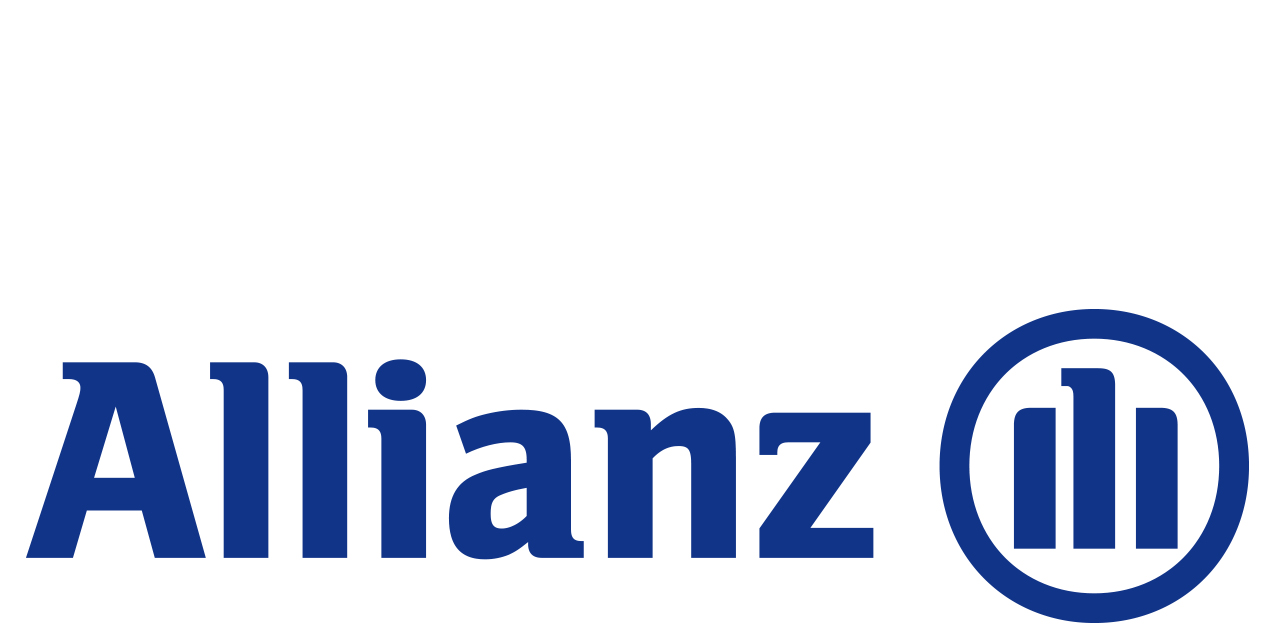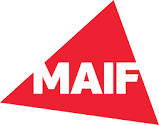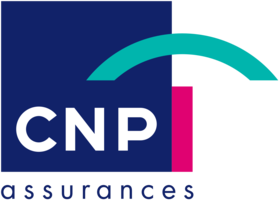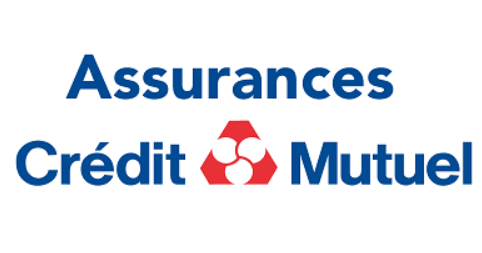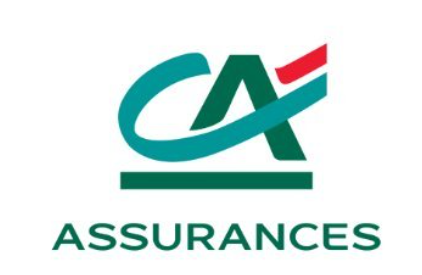Summary
Since 2020, the global motor insurance market has been on an upward trajectory with an expected compound annual growth rate of 9.4% between 2023 and 2028, aiming to reach a value of $1262.91 billion by 2028. Within this market, North America holds the dominant share with 40.1%, while Western Europe accounts for 19.1%. In France, the demand for car insurance is robust, with 86.2% of households owning at least one car in 2020, where 47% of households own one car and 33% have two. The French market has shown positive growth, with a 4% increase in the number of insured cars from 2018 to 2022, and a 10% rise in motor insurance premiums over the same period.
However, new car registrations in France have seen a decline, with a 15.76% drop from 2017 to 2023, partially recovering with a 15.29% increase in registrations from 2022 to 2023. Amongst car insurance offerings, comprehensive packages are most popular in 2023, accounting for 50% of policies. Interestingly, there is an increasing demand for electric and hybrid vehicle insurance, with quotes for these vehicles jumping by 72% and 43% respectively from the previous year. In terms of pricing, the consumer price index for motor insurance in France rose by over 8 points from January 2021 to January 2024, indicating a trend of increasing costs. The French insurance market also exhibits regional variations in premiums, with the average annual budget for insurance being highest in Île-de-France (€771) and lowest in Brittany (€503).
French Motor Insurance Market: Adapting to Shifting Consumer Preferences
The French motor insurance market has been grappling with various transitions, reflecting a robust demand influenced by changing ownership patterns, driving habits, and a pivot towards more sustainable vehicles. In terms of ownership, the majority of French households, specifically around half, still own a single car. However, a significant number, approximately one-third, own two cars, indicating a considerable need for mobility among families. Interestingly, regular driving habits are predominant across most age groups, but there is a noticeable dip among the elderly, particularly those 65 and older, where only about half continue to drive regularly. This cohort also demonstrates a higher proportion of non-drivers compared to younger demographics. When it comes to selecting motor insurance, the French show a clear preference for competitive pricing, with over four-fifths of consumers considering price a crucial factor in their choice. Subsequent factors such as coverage features and additional services hold substantial weight for around three-quarters of consumers. Conversely, the brand image or customer experience of the insurer seems to be less critical, though still influential for roughly two-fifths of policyholders.
The French automotive market has recently seen a decline in new car registrations, with figures shrinking by over 10% since a peak several years ago. It suggests that consumers are holding back on purchasing new vehicles, which could be due to the economic climate or a greater interest in the pre-owned market, confirmed by over half of the respondents showing a preference for used cars. Amidst this complex web of preferences, insurers are keen on navigating through the growing interest in environmentally friendly vehicles. There has been a surge in insurance inquiries for electric and hybrid cars, with increases estimated at around seventy percent for electric and over forty percent for hybrid vehicles in comparison to last year. Notably, average insurance premiums for these vehicles tend to be lower than traditional cars, with electric car owners paying between €500 and €900 on average, depending on coverage level, which is slightly less than owners of hybrid vehicles. This market landscape illustrates the French consumers' nuanced demands and evolving preferences, compelling motor insurance providers to recalibrate their strategies, product offerings, and pricing models to stay in step with the current trends and prepare for the roads ahead. One thing remains clear: with each passing year, the motor insurance market in France continues to evolve, shaped by the interplay between regulatory requirements, consumer behavior, and technological advances.
Leading Contenders in France's Motor Insurance Arena
The French motor insurance market is both robust and diverse, featuring a mix of long-established giants and innovative newcomers intent on carving out their own niches. The companies mentioned in the text above each constitute important players in this competitive field, with each bringing unique offerings and business models to the table.
- Allianz – A Global Powerhouse in Insurance: As one of the foremost insurance firms in the world, Allianz commands a formidable position. In France, the company offers a broad spectrum of motor insurance policies including both per-kilometre as well as traditional coverage plans. Allianz is known for its comprehensive worldwide network and extensive experience in the insurance industry, providing customers with a sense of security and trust.
- AXA – A Titan of Protection: AXA is synonymous with insurance, and their motor insurance products are a testament to their in-depth understanding of customer needs. Offering both traditional and innovative insurance plans, such as those based on mileage, AXA remains a top choice for French consumers looking for reliability and excellent service.
- Direct Assurance – Simplicity and Efficiency: Specializing in direct insurance, Direct Assurance is known for providing straightforward, efficient motor insurance solutions. Their approach is very much in line with modern consumer preferences for digital-first services and streamlined operations. This focus on simplicity and ease of use is particularly appealing to tech-savvy customers.
- L'Olivier Assurance – Quality Service and Affordable Options: L'Olivier Assurance distinguishes itself through its competitive pricing strategies while still maintaining a high level of service quality. Their motor insurance offerings cater to a market segment that values financial savings without compromising on essential coverage.
- Leocare – The Neo-Insurance Challenger: As an emerging player, Leocare brings a fresh perspective to the motor insurance industry. Their tech-driven approach and flexible insurance solutions, such as digital-only policy management, position Leocare as a forward-thinking alternative for customers who are comfortable with managing their insurance needs through a modern, app-based platform.
- Flitter – An Emerging Name: Although less information is provided about Flitter in the text, it's likely that they are part of the new wave of 'assurtech' companies aiming to disrupt the market with customer-centric solutions and innovative insurance models. These dominant forces and disruptive new entries together shape the face of motor insurance in France.
to understand this market
Detailed content
 Inforamtion
Inforamtion
- Number of pages : 30 pages
- Format : Digital and PDF versions
- Last update : 24/04/2024
 Summary and extracts
Summary and extracts
1 Market overview
1.1 Introduction
Motor insurance, based on the principle of indemnity, covers damage incurred while driving a motor vehicle. In France, motor insurance has been compulsory since 1958 , and its purpose is to provide financial support in the event of losses sustained by an insured party in a road accident. Insurance companies in France offer a wide range of cover and products, and motor insurance still has a significant share of the French insurance market. Motor insurance belongs to the property and casualty insurance segment, and accounts for almost 40% of sales generated by this segment, ahead of comprehensive home insurance at 20%.
The global motor insurance market is set to continue its positive trend over the next few years, with a compound annual growth rate of 9. 4% between 2023 and 2028. The French market is also showing positive growth, with the number of cars insured rising by 4% between 2018 and 2022, and motor insurance premiums increasing by 10% over the same period.
The car insurance market is highly concentrated and dominated by the insurance or bancassurance giants. However, new entrants such as assurtech and neo-insurers like Léocare are trying to enter the market.
Intensifying competition and tightening regulations are forcing players in the car insurance market to focus their strategy on customer satisfaction. The car insurance market must now deal with the provisions of the Hamon law, allowing policyholders to cancel their contracts more easily. What's more, in a difficult financial context for some French households, car insurance prices are on the rise, and some are considering stopping their insurance, even if it means breaking the law.
1.2 The global motor insurance market
The size of the global automotive market has increased in recent years. In ****, this market was estimated at $***.** billion. It should continue to develop positively over the next few years, at a compound annual growth rate of *. *% (***). These data enable us to estimate the size of the market over the following ...
1.3 Positive trends in the national motor insurance market
Growth in the number of cars insured France, ****-****, in millions of vehicles Source: ****
The graph above illustrates an upward trend in the number of cars insured in France from **** to ****. Indeed, a *% increase in the number of insured vehicles is observed over this period
This steady increase indicates stable growth ...
2 Demand analysis
2.1 Typology of demand
in ****, **.*% of French households owned at least one car.
Number of cars per household France, ****, % Source: sécurité-routière.gouv.fr The majority of households, **%, own just one car, while **% have two cars. A smaller proportion of households, *%, have three or more cars. This distribution highlights the diversity of car ...
2.2 Annual new car registrations down in recent years
The downward trend in annual new car registrations observed over the last few years reflects a change in the purchasing habits of French consumers. Increasingly attracted by the second-hand market, motorists are opting for vehicles already on the road, motivated by economic and environmental considerations and an increasingly diversified range.
This ...
2.3 Increasing demand for electric and hybrid car insurance
In recent years, the French have shown growing interest in electric and hybrid vehicles. This significant shift in consumer choice can be explained by a growing awareness of environmental issues and a desire to reduce carbon footprints. The benefits associated with these vehicles, such assavings on fuel costs and government incentives ...
2.4 Inflation weighs on demand for motor insurance: a growing phenomenon of roadside uninsurance
By ****, around a third of French people would be prepared to forego home or car insurance in order to save money. Inflation is reducing the purchasing power of French households, prompting them to look for ways to save money. Some are considering cutting back on insurance. Christophe Dandois, CEO and co-founder ...
3 Market structure
3.1 Automobile insurance value chain
Source: ****
Once the policyholder has taken out an automobile insurance contract with the insurer, he or she must pay premiums (***) to be covered by the insurance.
In the event of a claim, a number of steps are taken before the insured is compensated:
Damage assessment: This stage involves evaluating the damage ...
3.2 Number of companies and number of employees
there is no APE code issued by Insee that focuses solely on motor insurance, however, it may be interesting to study the data in APE code ****Z-Other insurance. This code covers all insurance services other than life insurance:
accident and fire insurance health insurance travel insurance property insurance automobile, marine, aviation ...
3.3 Motor insurance distribution
Motor insurance market share by distribution channel France, ****, % (***) Source: ****
The breakdown of motor insurance market share by distribution channel shows a predominance of companies with intermediaries (***), which hold a significant **.*% share. Mutual insurers without intermediaries also occupy a significant share, with **.*%, testifying to their solid market position.
Bancassurances account for a ...
3.4 The automobile insurance market: a concentrated and competitive market with the development of neo-insurers
Sales of the top ** property and liability insurers France, ****, in millions of euros and as a % of total sales Source: Argus de l'assurance Covéa (***) is the market leader, with sales of *.*** million euros in ****. Axa and Groupama follow close behind, with sales of *.*** million and *.*** million euros respectively.
Sales growth ...
4 Offer analysis
4.1 Classic car insurance packages
In general, insurance companies offer their customers * different types of motor insurance: third-party motor insurance, intermediate motor insurance andcomprehensive motor insurance.
In addition to compulsory cover, there are several optional extras in motor insurance, although their availability varies from one insurer to another. These include breakdown cover, which pays for repairs ...
4.2 The emergence of specific motor insurance offers
In the dynamic landscape of motor insurance, the emergence of specific offers reflects a growing trend towards tailoring insurance solutions to drivers' needs. Among these innovative offerings, pay-per-kilometer insurance and temporary car insurance stand out for their flexibility and ability to respond to motorists' changing requirements. These customized products offer an ...
4.3 Car insurance prices
Change in consumer price index for motor insurance France, ****, index base *** **** Source: ****
Between January **** and January ****, the consumer price index for motor insurancerose by more than * points.
In recent years, the CPI has fluctuated significantly, reaching its highest peak in January ****. This evolution suggests a certain volatility in the cost of ...
5 Regulations
5.1 The regulatory framework for motor insurance in France
Since ****, the law has required all owners of "land-based motor vehicles intended for use on public roads" to take out compulsory motor insurance.
This obligation is set out in article L***.* of the Highway Code and article L***.* of the Insurance Code. These articles stipulate that anyone who may be held ...
5.2 The Hamon consumer law
The Hamon law has profoundly transformed the car insurance landscape by allowing policyholders to terminate their contract at the end of the first year of commitment. This measure aims to offer consumers greater flexibility by simplifying the procedures involved in changing insurance.
In force since January *, ****, the Consumer Law, also known ...
5.3 Removal of the green card
On December *, ****, the decree abolishing the automobile "green card" was published in the Journal Officiel, marking a step forward in simplifying administrative life for the French. from April *, ****, motorists and drivers of motorized two-wheelers will no longer be required to affix the insurance sticker to their vehicle, nor to physically carry ...
6 Positioning the players
6.1 Player segmentation
- Axa groupe
- Acheel
- Flitter
- Lyanne
- Covea
- Groupama (France)
- Aesio Mutuelle (Aéma groupe)
- Allianz
- Maif France
- CNP Assurances (La Poste)
- Assurances du Crédit Mutuel
- Crédit Agricole Assurances
- Leocare
- Direct Assurance
 List of charts
List of charts
- Trends in the size of the global insurance market
- General insurance premium growth by region
- Breakdown of insurance premiums written by region
- Breakdown of French people who have challenged their car insurance by SPC
- The main criteria for choosing car insurance
All our studies are available online in PDF format
Take a look at an example of our research on another market!
Latest news
Companies quoted in this study
This study contains a complete overview of the companies in the market, with the latest figures and news for each company. :
 Choosing this study means :
Choosing this study means :
Access to more than 35 hours of work
Our studies are the result of over 35 hours of research and analysis. Using our studies allows you to devote more time and added value to your projects.
Benefit from 6 years' experience and over 1,500 industry reports already produced
Our expertise enables us to produce comprehensive studies in all sectors, including niche and emerging markets.
Our know-how and methodology enable us to produce reports that offer unique value for money.
Access to several thousand articles and paid-for data
Businesscoot has access to all the paid economic press as well as exclusive databases to carry out its market research (over 30,000 articles and private sources).
To enhance our research, our analysts also use web indicators (semrush, trends, etc.) to identify market trends and company strategies. (Consult our paying sources)
Guaranteed support after your purchase
A team dedicated to after-sales service, to guarantee you a high level of satisfaction. +44 238 097 0676
A digital format designed for our users
Not only do you have access to a PDF, but also to a digital version designed for our customers. This version gives you access to sources, data in Excel format and graphics. The content of the study can therefore be easily retrieved and adapted for your specific needs.
 Our offers :
Our offers :
the automobile insurance market | France
- What are the figures on the size and growth of the market?
- What is driving the growth of the market and its evolution?
- What is the positioning of companies in the value chain?
- Data from several dozen databases
Pack 5 études (-15%) France
- 5 études au prix de 75,6€HT par étude à choisir parmi nos 800 titres sur le catalogue France pendant 12 mois
- Conservez -15% sur les études supplémentaires achetées
- Choisissez le remboursement des crédits non consommés au terme des 12 mois (durée du pack)
Consultez les conditions du pack et de remboursement des crédits non consommés.





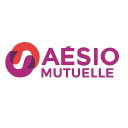 Health insurance: Mutuelle Aésio cuts losses sharply - 11/04/2024
Health insurance: Mutuelle Aésio cuts losses sharply - 11/04/2024
 AXA: an extremely balanced business model - 22/02/2024
AXA: an extremely balanced business model - 22/02/2024
 Covéa: CFO becomes number 2 in the mutual insurance group - 16/02/2024
Covéa: CFO becomes number 2 in the mutual insurance group - 16/02/2024
 Acheel: The crisis and neo-insurance - 27/10/2023
Acheel: The crisis and neo-insurance - 27/10/2023
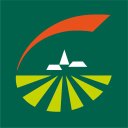 Groupama: François Schmitt succeeds Jean-Yves Dagès at the head of the insurer - 13/06/2023
Groupama: François Schmitt succeeds Jean-Yves Dagès at the head of the insurer - 13/06/2023
